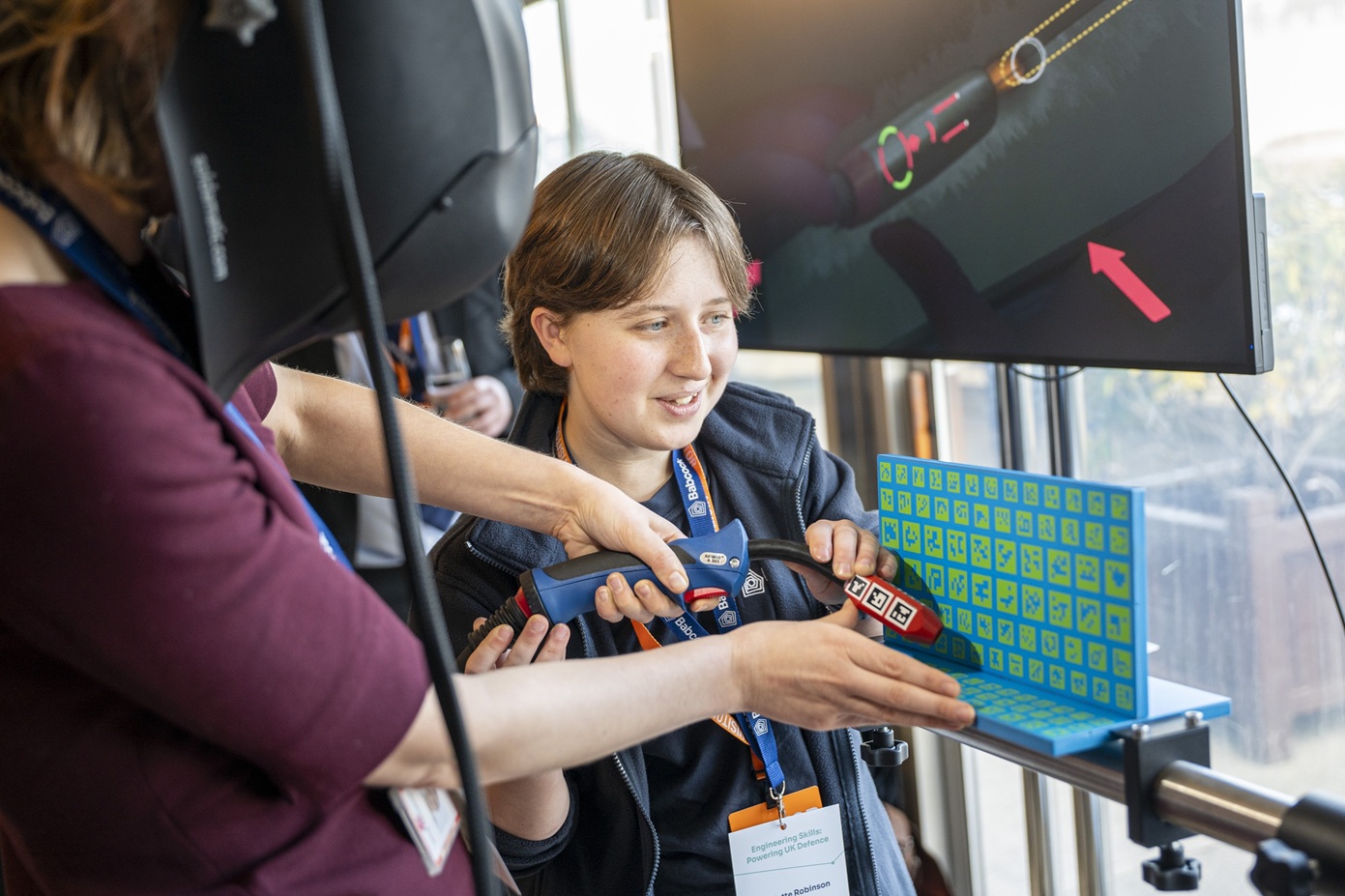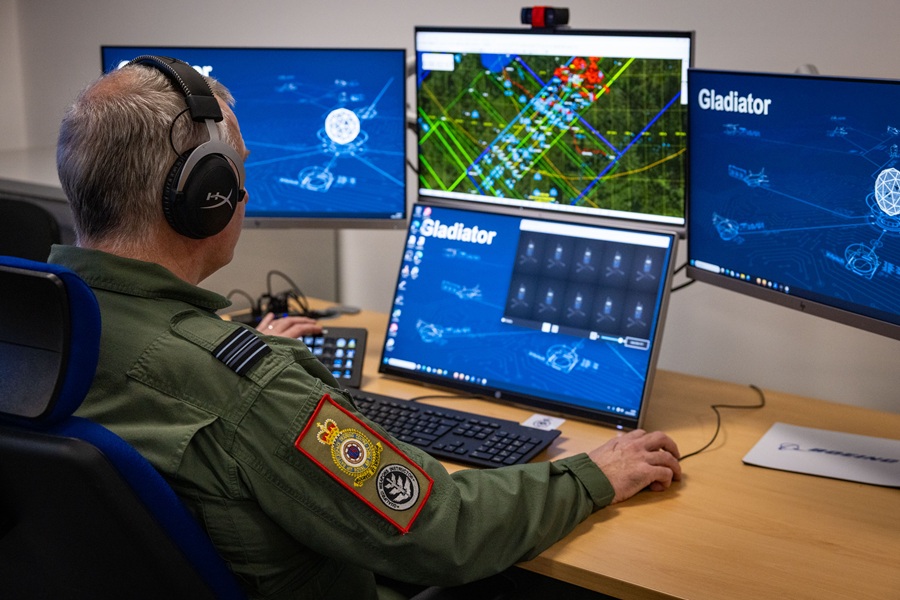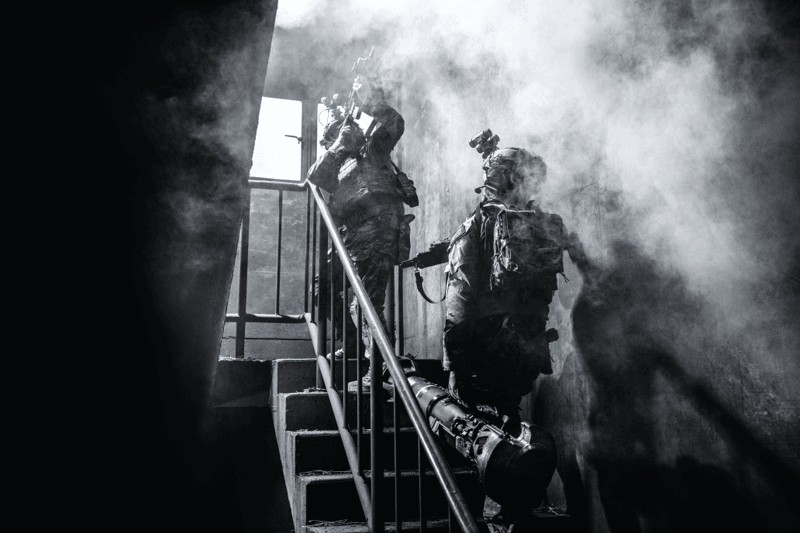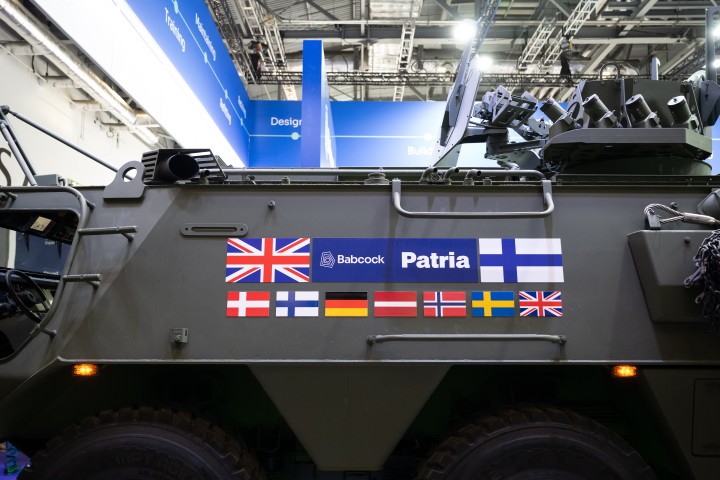SEA to fit Royal Navy countermeasure launcher system
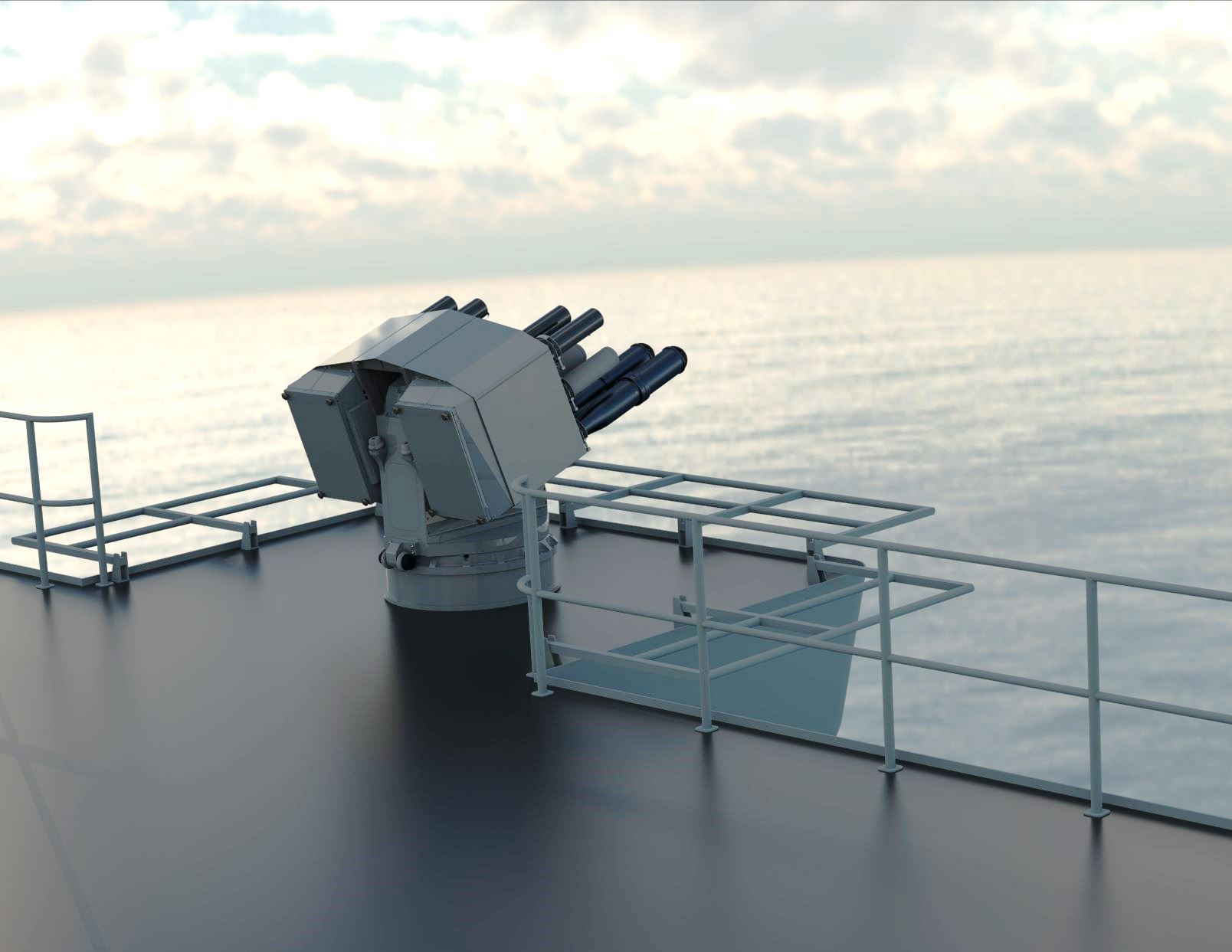
Image courtesy DE&S
Type 26 and Type 31 frigates and Type 45 destroyers will be fitted with a trainable countermeasure launcher system under a £135 million contact with Systems, Engineering and Assessment Ltd (SEA), providing the Royal Navy better protection from hostile drone and missile threats, whilst supporting more than 150 skilled roles across SEA and UK supply chain.
The highly modular and flexible system is considered a step-change in decoy launcher technology compared to traditional fixed solutions, as its trainable nature removes the need to manoeuvre the vessel to enable an accurate and timely response to Anti-Ship Missile threats. The system will employ an open architecture to enable a simpler path to upgrades and integration of future countermeasure types.
The contract with SEA Ltd, based in North Devon, was placed by the Maritime Combat Systems team at DE&S and covers the development, manufacture and integration of the trainable launcher systems in accordance with platform availability.
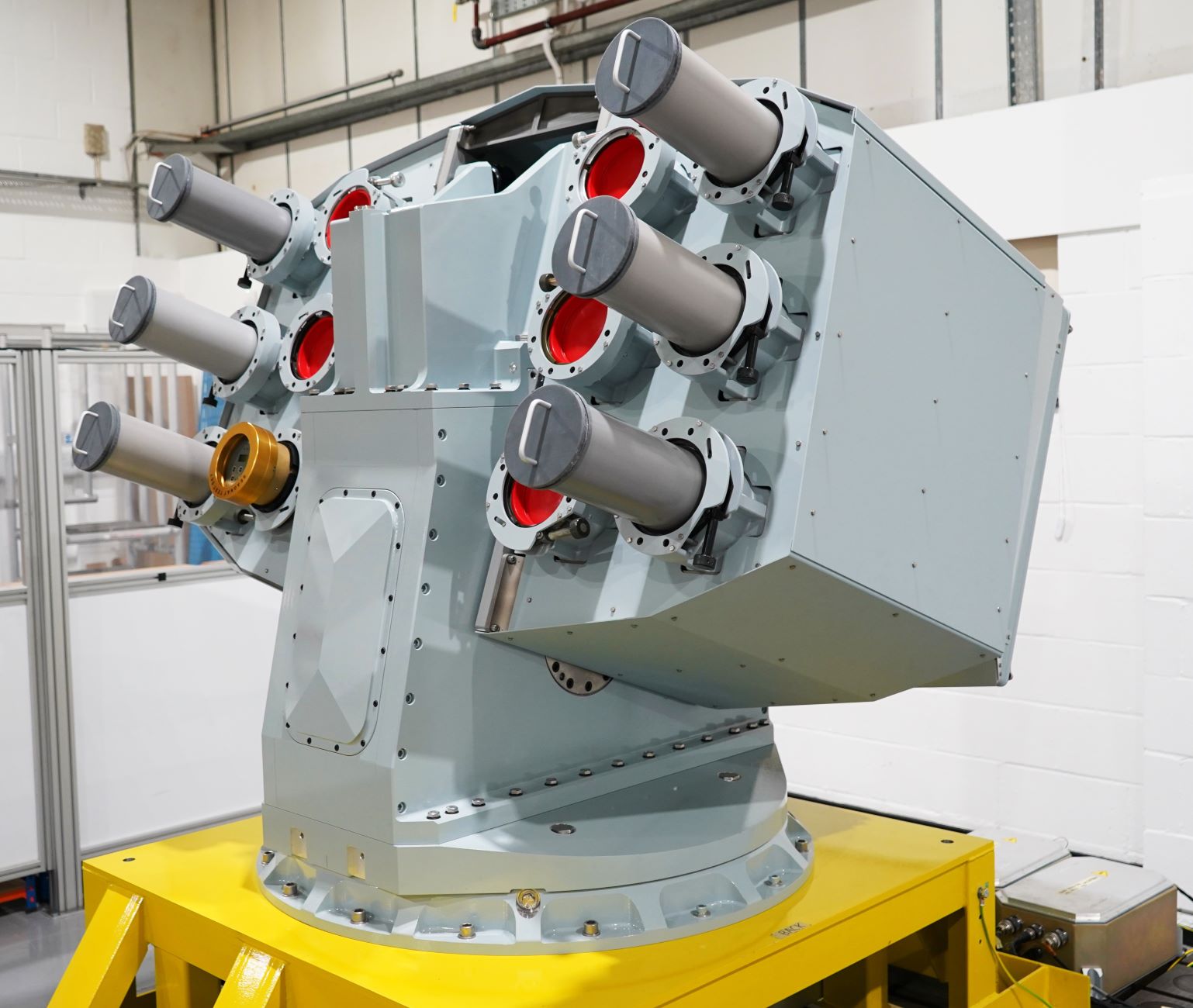
It was placed under the Maritime Electronic Warfare Programme (MEWP) and will see the current in-service Decoy Launcher (DLH) replaced. The launcher will be integrated with the Command and Control system being delivered as part of the MEWSIC project, expanding the range of threat responses available to upgraded vessels.
Dr Rebecca Fullerton, EWCM Project Manager at DE&S said: “Achieving this milestone in the MEWP programme is hugely rewarding and demonstrates the significant team effort and hard work that has been provided over several years, to ensure the Royal Navy have an enhanced Electronic Warfare Countermeasures capability.
“This contract will enable enhanced effect against emerging Anti-Ship Missile threats, linking with the MEWSIC programme to ultimately deliver a modern detection and response capability to protect current RN Destroyer’s and the new T26 and T31 Frigate platforms.”
DE&S CEO Andy Start added: “This contract is an excellent example of how dedicated DE&S teams work with our partners in industry and across defence to deliver innovative and agile equipment to our Armed Forces that can be upgraded to keep pace with ever-evolving threats.”
The decision to pursue the acquisition of a new trainable decoy launcher was underpinned by studies performed by the Defence Science and Technology Laboratory (Dstl) which concluded a stabilised trainable launcher offered the most cost-effective route to improving the self-protection capability of the Navy’s ships.
Cdre Matthew Stratton, Senior Responsible Officer for the wider Maritime Electronic Warfare Programme (MEWP) Royal Navy said: “Introducing the SEA Ancilla trainable countermeasure launch system represents a step change in capability for the Royal Navy as we continue to modernise our maritime forces self defence capability within the MEWP Programme.
“This launcher, when coupled with the new MEWSIC Increment 1 RESM fit already, on contract, will provide the Royal Navy’s surface fleet with a cutting edge Electronic Warfare solution into the future which complements the Royal Navy’s broader capabilities.”
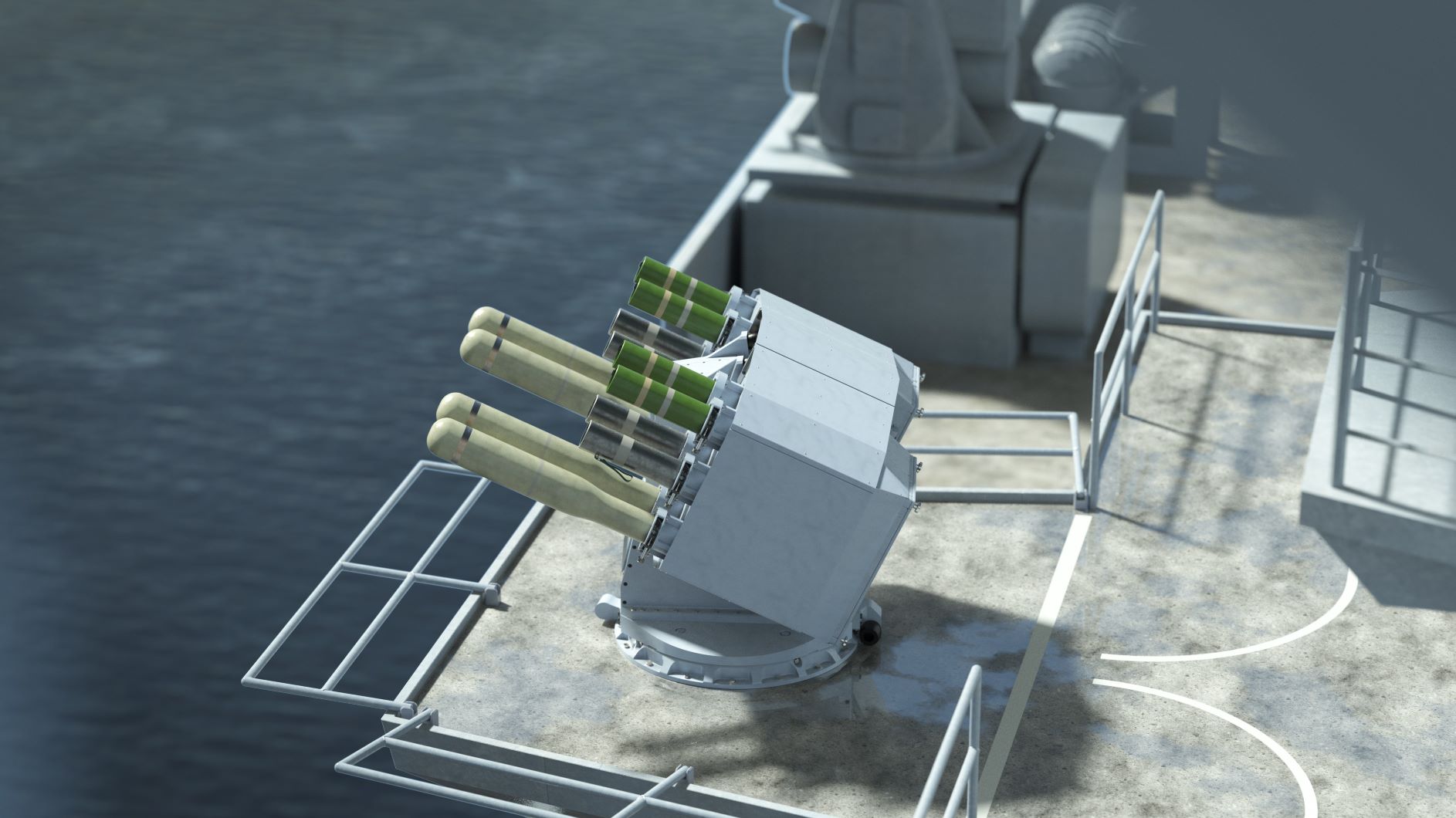
In total, 38 trainable launchers will be fitted to 19 vessels, with further systems procured to support land-based integration, testing and training activity.
Richard Flitton, Managing Director of SEA said: “The knowledge and maritime domain expertise within our UK-based team has enabled our long-standing partnership with the Royal Navy and we’re delighted that this will allow us to support the UK’s defensive capabilities against modern and complex naval threats.”






